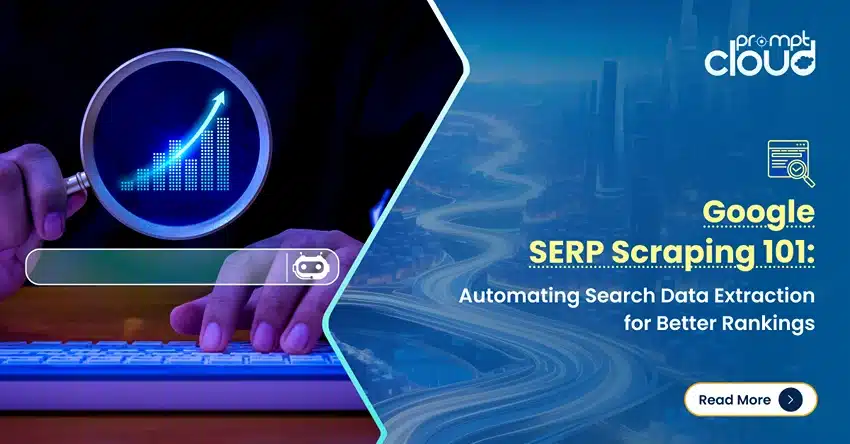Before analyzing data aggregated from multiple sources, most essential thing to do is External Data Standardization. At PromptCloud, we put special emphasis on this process and understand that as a web crawling company, our solution must enable our clients to integrate data efficiently.
Read on to learn about this in greater details.
What is Data Standardization?
The process of modifying or transforming data into a consistent format is called as data standardization. When you aggregate data from different sources, they are often in different formats, and to analyze such data it is very important to first ensure that it is in a consistent format. Additionally, data standardization may also be required in cases where the data is only from a single source, this is because it may not be formatted correctly for analysis.
The source data format might be using number values in a particular format but for your analysis, the same number values might be required in a different format, sometimes the words are provided values in the source data but you need to encode them as a numerical value. This modification or change in formatting ensures that the data is ready for analysis and all the data is consistent format in irrespective of its source.
Although this is essential, it is often done manually and is a very time-consuming process. To speed up the process of data standardization, data analysts use formulas or algorithms. However, it still consumes time to make sure that the data is ready for analysis.
How is data standardization different Normalization?
Data normalization can be sometimes confused with data standardization, but they are two different processes. Data normalization involves reducing redundant data to improve data integrity while data standardization is to transform data in a standard or consistent format.
Also, data normalization uses a set of rules to organizes the data into columns and tables. This ensures that the database’s dependencies are enforced by integrity constraints. Therefore, each table has data about a specific topic, and the topics included in the tables are related to the main topic. Data normalization is a way to organize a database into tables whereas data standardization helps to reformat the data for analysis.
What is the need for Data Standardization?
In today’s digital age, a lot of data is available on the web, but it will be available in different formats as you can gather it from different sources. Once it is gathered, it needs to be combined for analysis. If you don’t consider data standardization then it would be half baked information as no conclusions can be drawn from it. Customer sentiment analysis, competitive analysis, and market research often need to analyze the data from multiple sources. Therefore, in order to analyze all the data, it is crucial that it is in a consistent format.
Corporations often make data-driven business decisions for which they must have reliable data. The data quality is dependent on the data standardization, if the datasets are merged without standardization then it can lead to decisions based on false data. For example, eCommerce companies do competitor analysis and market research based on standardized data. Nowadays even other companies in every industry like travel, hospitality, etc. gather the competitor’s data for analysis to make future strategies for their business.
Data Standardization with Web Data Integration
Integrating web data manually or using traditional web scraping methods involves higher risks and costs because of challenges like incomplete, inaccurate, unreliable and out of date data. Web Data Integration provides high quality, extensive data which is ready for analysis. Therefore, organizations can get data from anywhere and analyze it instantly by using Web Data Integration. This way organizations don’t need to spend time and resources in standardizing, cleaning the data and are also ensured that the data is reliable.
To get an edge over competitors in this dynamic market, businesses are making more and more data-driven decisions. Web Data Integration provides huge opportunity for businesses to take this advantage of the available data. For example, online travel booking services, e-commerce, banking services, have been trying to provide all the services a customer may need and hence the competition has become fiercer in every industry
The most common use of web data for e-commerce includes monitoring the price of similar products, competitive research on the latest trends, leveraging social media to gain insights about customers feedback and expectations. Web Data gives your business such valuable insights which enable you to enhance your brand and improve customer loyalty by meeting customer needs.
Such valuable web data which can be provided without any delay whenever required can give your business the required edge over your competitors.
Our Web Data Integration solution includes extracting, cleaning, integrating and consuming data through the data standardization process. This can provide your business the required reliable data in the required format within minutes and hence save the ordeal of spending time and valuable resources on getting the accurate data. PromptCloud understands that providing accurate data in the standardized format is crucial as the business decisions are based on this data.


















